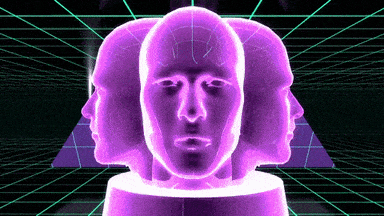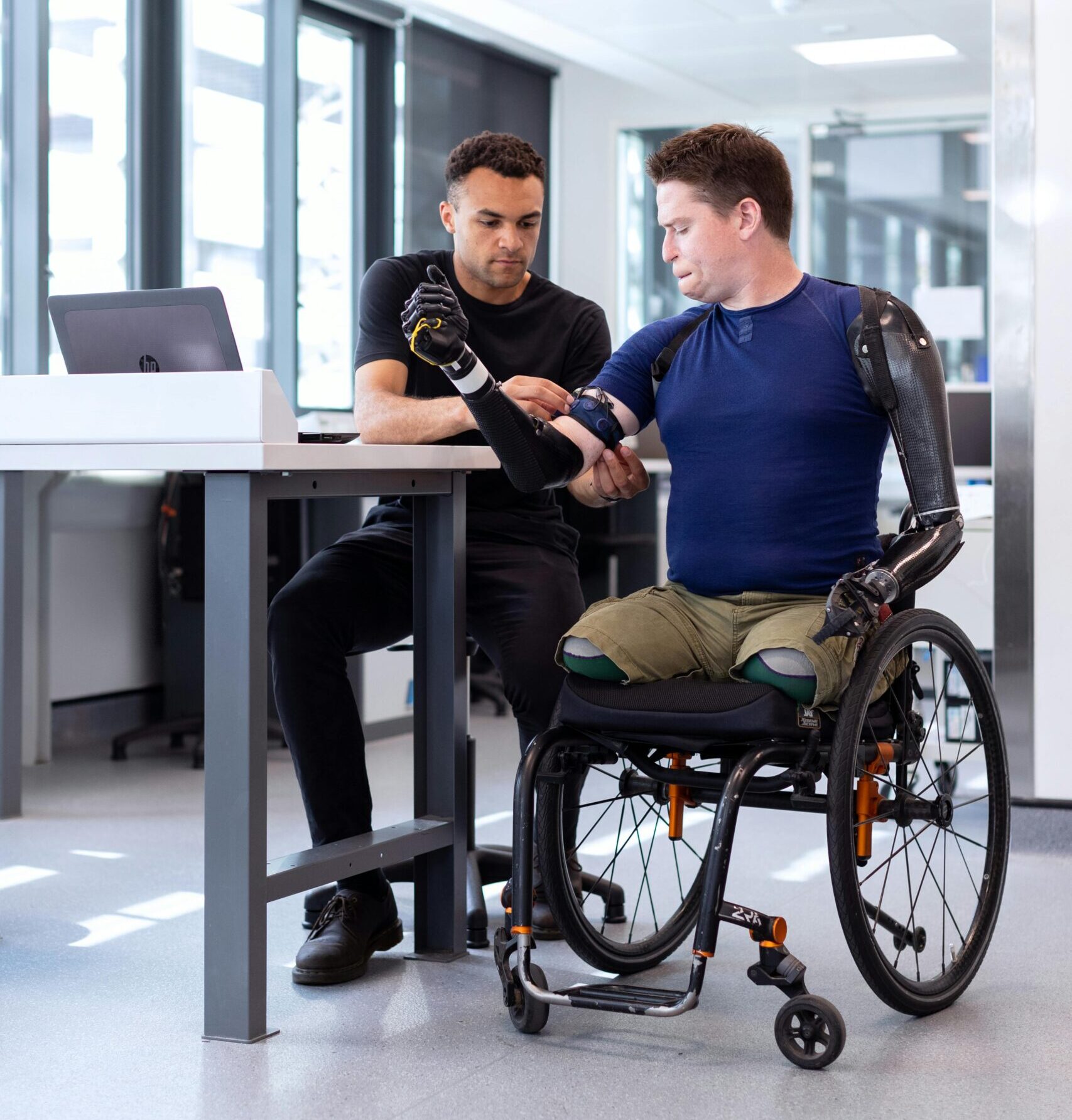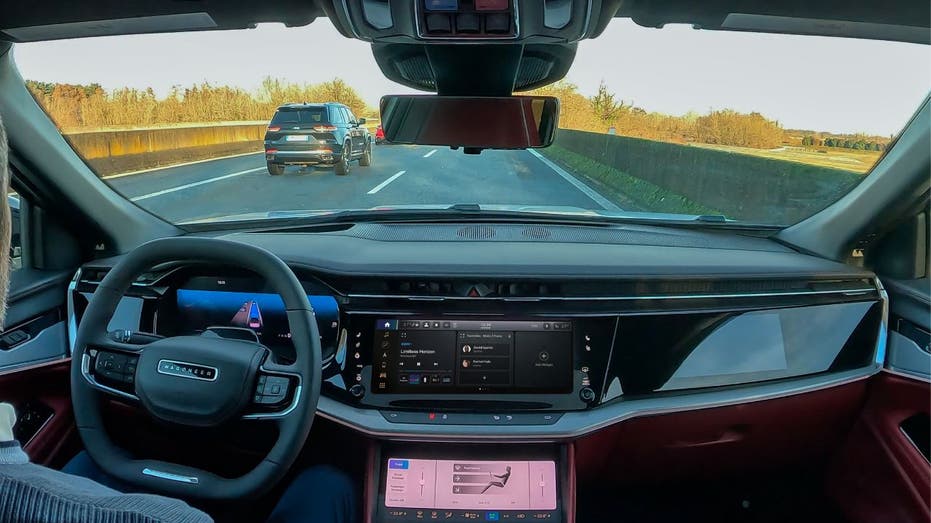- TECHSWU
- Posts
- TECHSWU
TECHSWU


The world of the Internet of Things (IoT) is set to undergo a stunning transformation by 2025, ushering in five key trends that promise to revolutionize everyday life. Firstly, the integration of AI and IoT will enhance efficiency across sectors, enabling real-time decision-making and predictive maintenance.
Edge computing will further speed up data processing while cutting costs on cloud services. Meanwhile, the deployment of 5G will provide lightning-fast communication and support for millions of devices, fostering innovation in smart cities and healthcare.
Digital twins will allow businesses to simulate and optimize processes without downtime, greatly improving operational efficiency. Finally, as these advancements unfold, robust IoT cybersecurity will be crucial to protect against increasing threats.
With these developments, 2025 is not just a year but a launchpad for a smarter, more connected future.


Social media is currently inundated with AI-generated doctor impersonators pushing dubious health products, leaving creators and users alike concerned about online safety. Cathy Pedrayes and other influencers have highlighted the absurdity and potential danger of these AI avatars, which often promote unverified supplements through sensational claims and appealing visuals.
Many viewers unknowingly engage with these misleading videos, mistaking them for credible medical advice. Despite regulations against such deceptive practices on platforms like TikTok and Instagram, countless accounts continue to surface, exploiting algorithm-driven visibility.
Advocates argue that social media companies must take responsibility for regulating AI content to protect public health and promote critical thinking. As AI technology becomes increasingly sophisticated, distinguishing real from fake becomes more challenging, making it imperative for platforms to act quickly to prevent scams and misinformation from spreading further.

In her insightful article, Angela Haynes highlights the transformative impact of technology on the lives of individuals with disabilities, showcasing how innovations are paving the way for greater independence. From advanced mobility aids such as smart wheelchairs and robotic exoskeletons to cutting-edge communication tools like speech-generating devices and sign language translation apps, technology is breaking down barriers.
Hearing challenges are addressed with advanced Bluetooth hearing aids and deaf-friendly applications, while visual impairments are tackled with screen readers and wearable navigation devices. By fostering autonomy and inclusivity, these tech advancements not only enhance daily living but also empower individuals to seize new opportunities.
Haynes emphasizes the ongoing journey towards a barrier-free world, fueled by continued innovation that brings hope and possibility to people with disabilities. As technology evolves, so does the potential for a more inclusive society.

Get ready to kick back and relax during your commute! Stellantis has unveiled its groundbreaking STLA AutoDrive 1.0 system, enabling drivers to take their hands off the wheel and their eyes off the road—at least under certain conditions.
Designed for speeds up to 37 mph, this Level 3 automated driving technology allows you to enjoy a movie or catch up on emails, as the vehicle independently manages steering, acceleration, and braking.
While this innovative system is fully developed, Stellantis is holding off on launching it, citing a limited market for Level 3 autonomy.
With other major automakers also racing toward similar advancements, the future of hassle-free driving is fast approaching. However, it comes with its own set of challenges, including the necessity for drivers to stay alert and be prepared to take control when needed.
Ultimately, STLA AutoDrive represents a significant leap toward a more relaxed, efficient driving experience.
Looking for the best MacBook to kick-start your 2025? Engadget has you covered! Apple's 2025 laptops, featuring the powerful M4 chip, are primed to meet various needs. The standout is the MacBook Air M4, priced at $999, boasting a sleek design, vibrant screen, and impressive battery life, making it perfect for everyday users.
If you're budget-conscious, the previous-gen MacBook Air M3 offers excellent value, especially for students. Creative professionals might lean towards the MacBook Pro with upgraded M4 Max options, offering robust performance for demanding tasks.
With configurations tailored to everyone—from casual users to power-hungry creatives—this guide simplifies the decision-making process. Whether you prioritize price, performance, or portability, Engadget's rundown ensures you'll make an informed choice, pairing your tech needs with the right MacBook.

In a heartwarming twist of tech mishaps, parents and grandparents are amusingly showcasing their misadventures with modern technology, leaving the internet in stitches! A standout example comes from Twitter user Marti Woolford, who shared a photo of a handwritten letter from her mom. In a charmingly analog move, her mother photocopied her smartphone to send a picture, brilliantly illustrating the generational gap in tech-savviness.
This relatable story sparked a flood of similar anecdotes, as others chimed in with their own tales of elder tech faux pas. While some older folks effortlessly navigate the digital world, many exhibit endearing quirks that remind us of a simpler, less tech-driven time.